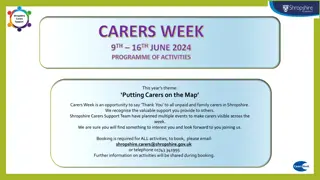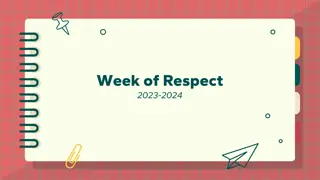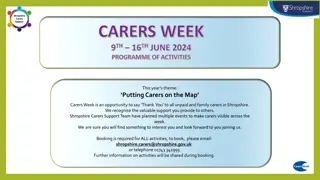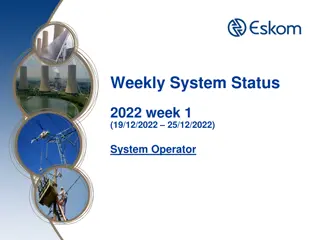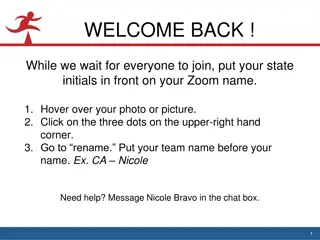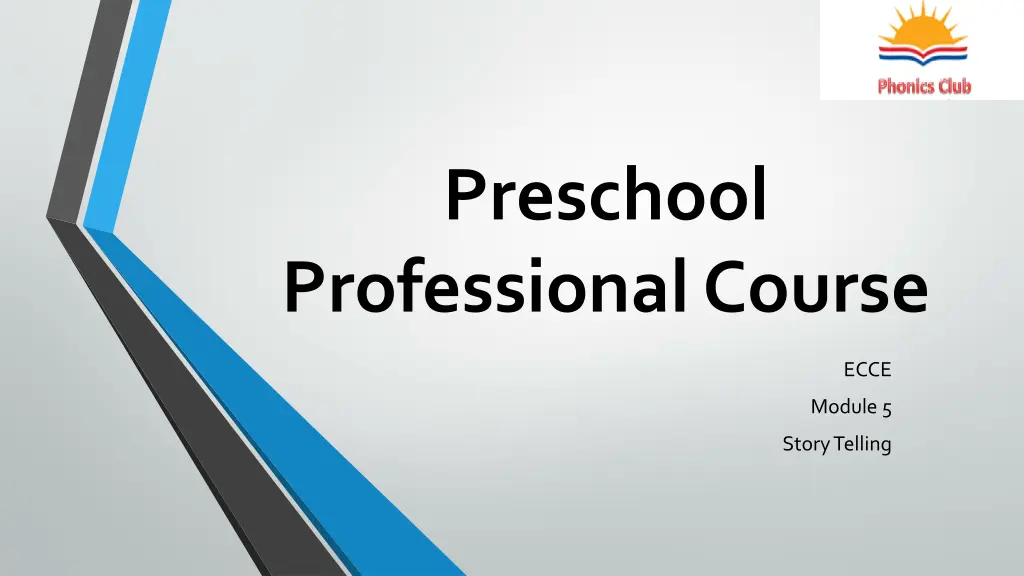
Mastering the Art of Storytelling for Preschoolers
Discover the importance of storytelling for children's development and learn various creative ways to engage young learners through stories. Explore the benefits, techniques, and tools for effective storytelling in preschool education.
Download Presentation

Please find below an Image/Link to download the presentation.
The content on the website is provided AS IS for your information and personal use only. It may not be sold, licensed, or shared on other websites without obtaining consent from the author. If you encounter any issues during the download, it is possible that the publisher has removed the file from their server.
You are allowed to download the files provided on this website for personal or commercial use, subject to the condition that they are used lawfully. All files are the property of their respective owners.
The content on the website is provided AS IS for your information and personal use only. It may not be sold, licensed, or shared on other websites without obtaining consent from the author.
E N D
Presentation Transcript
Preschool Professional Course ECCE Module 5 Story Telling
Why Storytelling is Important Stories can Enable children to empathies with unfamiliar people/places/situations. Offer insights into different traditions and values. Offer insights into universal life experiences. Help children consider new ideas. Reveal differences and commonalties of cultures around the world.
More benefits of Storytelling Promote a feeling of well-being, fun and relaxation. Increase children s willingness to communicate thoughts and feelings. Encourage active participation. Increase verbal proficiency. Encourage use of imagination and creativity. Encourage cooperation between students. Enhance listening skills.
Story telling with movement Stories that involve movement make it possible for children to physically participate in the story.
Storytelling with a magnetic board or felt board The greatest advantage of using this method is that it makes it possible for children to tell stories in their own words and involve their favorite characters.
Recorded stories This way of listening to stories helps children develop their autonomy and makes it possible for them to escape the hustle and bustle of group activities for a short while
Storytelling with accessories Fill a box with items that are mentioned in the story you wish to read to your group. As you read the story, take the items out of your box in the order they are mentioned in the story.
Storytelling with puppets Dollar stores often sell all kinds of puppets. They are therefore inexpensive accessories that are sure to attract children's attention.
Storytelling using picture clues Picture clue stories involve a combination of words and pictures. They are great for developing reading skills. Even if children are unable to read actual words, they can participate in the act of storytelling.
Storytelling with role play Teacher can assign different roles to her students according to the characters of story.

